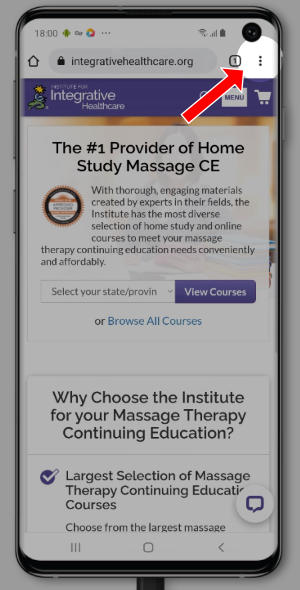

As a professional massage therapist, the single biggest risk you face to your career is damage to your hands, wrists, and thumbs. Damage in the hands and wrists can limit the techniques you are able to do and make performing any massage therapy work painful. Pain in the joint at the base of the thumbs is one of the top reasons massage therapists’ careers are cut short.
The good news is there is a great deal that you can do to limit the damage from repetitive use and prolong your career.
The thumb is responsible for about half of the workload of the hands, making it subject to various forms of damage and arthritis from overuse and injury. The thumb consists of three bones linked by two joints, all riding in a “saddle” joint, which allows for a greater range of motion than the other fingers. There are four strong, gross motor muscles and four smaller, fine motor muscles in the thumb, which contribute to the mound called the Thenar Eminence, or the “heel” of the thumb.
While damage can occur to any of the joints of the thumb, the most common is damage to the carpometacarpal joint, which carries a heavier portion of the workload. Osteoarthritis is common in this joint, especially in postmenopausal women or after a soft tissue injury.
Symptoms of problems in the carpometacarpal joint typically involve:
- pain in the web space between the thumb and first finger
- pain in the thenar area around the base of the thumb
The result is tenosynovitis, or irritation and inflammation in the tendons from the constant overuse.
3 Symptoms of Damage to Your Thumb

- Pain and swelling at the base of the thumb in the Thenar Eminence, or in the webbing between the thumb and the first finger.
- Pain upon traction or rotation of the thumb.
- Loss of pinch strength. Pinch strength in women is typically between 15 lbs and 17 lbs of pressure, while in men it is typically about 25 lbs.
The thumb is not a weight bearing joint by design, and therefore is not meant for continuous high-pressure use. In addition, the thumb is designed to be a highly-mobile joint, which by nature is not as stable as a joint that is meant to carry heavy loads. The purpose of the thumb is to allow for mobility and flexibility so that we can grasp various shaped objects, not to sustain great loads of weight or pressure without support. Yet that is exactly what many massage therapists do, day in and day out, usually resulting in damage, pain, and the loss of function that cuts careers short.
The Solution to Stop a Thumb Injury Before it Starts
The solution to this problem is to develop techniques that do not involve the constant overuse or misuse of the thumbs while performing massage therapy techniques. When working, be aware of general body mechanics. You should be in “horse-stance,” with knees slightly bent and sacrum slightly tucked under, or in a lunging stance, which allows you to move back and forth along one side of the client. Keep your hips close to the table and work from your center, or just below your belly button. As you are working, keep the joints in your arms and hands “stacked,” or lined up, for greater stability and strength. By aligning the joints, you will be able to apply greater pressure with less effort and less risk of injury.
Using techniques other than applying pressure to everything with your thumbs is critical for a long and healthy massage therapy career. Learn to utilize fingers, kept straight and reinforced with both hands, in order to get into smaller spaces and spaces where you need greater sensitivity. When you need greater pressure, the use of knuckles (joints stacked) and elbows can let you get greater pressure without risking damage to your thumbs.
Save Your Thumbs with Tools and Stones
There are also many massage tools that can be used to replace thumbs, but be aware that tools typically reduce your ability to feel what is happening under the surface. When using tools, be sure to check in often with your client. Tools do not need to be anything special, keeping a selection of stones on hand allows you to grab one rather than dig in with your poor thumbs. To make the work even more effective – and easy on your hands – keep a selection of stones in a hot cabbie for a quick grab when you are working. Your clients will love you!
Massage therapy is a very rewarding, but demanding, profession. While you certainly want to do your best by each client, sometimes you simply may not be able to work deeply enough for the client on your table. Injuring yourself is not the answer. Once you sustain an injury, you may no longer be able to work at all, ending your contribution to the health and well-being of all your clients.
Learning how to work safely and when to stop trying to achieve deeper pressure are vital to a long and successful massage therapy career.















